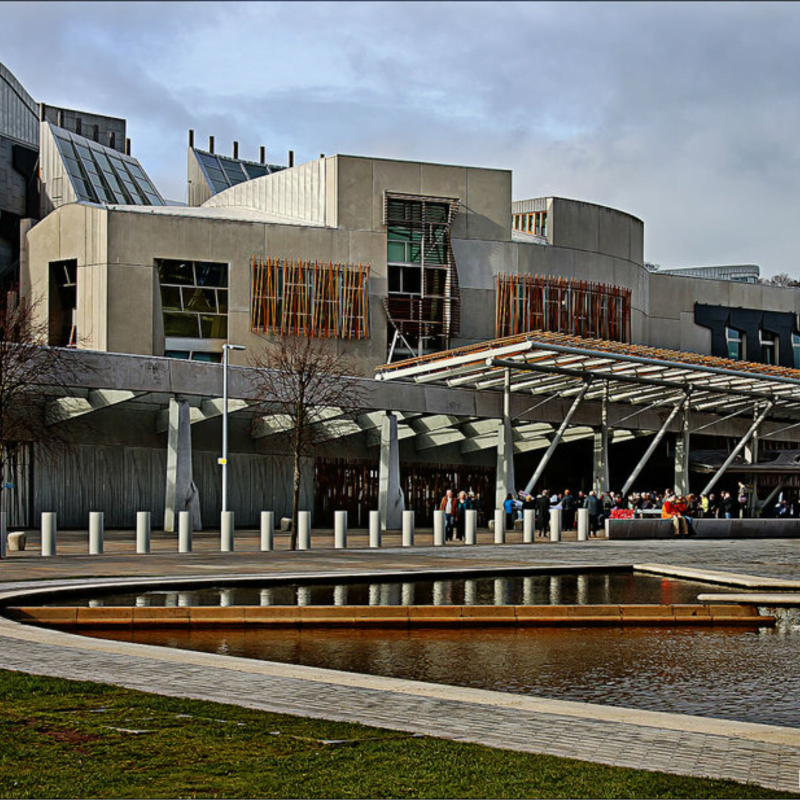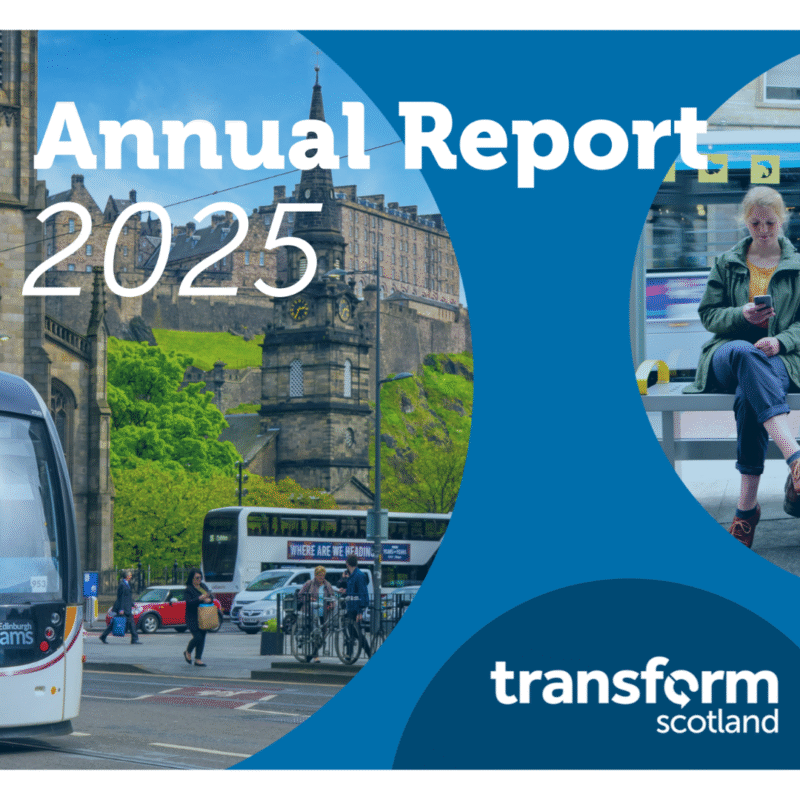Transform policy officer Laura Hyde-White welcomes the Scottish Government’s new initiative highlighting the need for greater safety for women and girls using public transport, and calls for gender considerations to be included at the earliest stages of planning all transport and infrastructure.
Improving women’s and girls’ personal safety when using public transport
New research, published in time for International Women’s Day, has highlighted that women and girls have unique travel behaviours and needs, which must be explicitly addressed in transport planning.
Transport Scotland’s report was published as a result of an intervention by Jenny Gilruth MSP when she announced, early in her tenure as Scottish transport minister, that the Scottish Government would consult on the safety of women and girls when using public transport.
“Women and girls are more likely to use public transport yet view and experience services as being less safe compared to their male counterparts.”
The study’s participants included both public transport workers and passengers from ages 14-86, and showed that women and girls are more likely to use public transport yet view and experience services as being less safe compared to their male counterparts.
Amongst other things, the report discusses:
- Women’s experiences of feeling safer on transport and at interchanges during the day and when staff are present and visible.
- The role of service reliability in making women feel safe as the risk of waiting at stops and stations due to delays or cancellations put women off using public transport, especially at night.
- How age, ethnicity and disability intersect with gender and increase women’s feelings of vulnerability on public transport.
- Women’s anticipatory anxiety around public transport use; feeling the need to maintain a constant state of ‘vigilance’, rather than feeling ‘unsafe’ per se. And, how fear of antisocial behaviour becoming directed towards them was exacerbated when alcohol was being consumed.
Overall, the research illustrates that women and girls are shouldering significant responsibility for adapting their behaviours to try to ‘be’ or ‘feel’ safe when travelling on public transport.
To address this, the report recommends transport-specific practical interventions to improve women’s safety and provide them with a greater sense of freedom. These include:
- Strengthening existing rules around non-consumption of alcohol on public transport and at points of interchange.
- Developing more credible and accessible information regarding what to do and who to contact when feeling threatened or unsafe or victim to incidents when using public transport.
- Increasing reporting on lighting and communications systems for all transport services (both on board and at stops/stations).
- Exploring the feasibility of increasing staff presence at both points of boarding, alighting and interchange.
- Reviewing the training currently offered to those working in the transport industry on the topic of personal safety.
Wider issues at work
The experiences detailed in the report echoed my own, as well as conversations I’ve had with other women about feeling unsafe or vigilant on and around public transport, particularly at night; getting off a stop or two early, changing train carriages in fear of harassment, or making the decision to walk home instead of waiting for an unreliable service at a poorly lit bus stop.
Nevertheless, it is clear that women’s and girls’ normalisation of the need for self-protection cannot be entirely attributed to the transport services themselves and there are wider stereotypes and systemic issues at work. The report does well to acknowledge that the transport specific recommendations presented above “must be accompanied by broader partnership action among those working in policing, education, equalities and aligned fields.” For instance, the call to improve reporting and follow-up procedures would also help tackle the commonly held view that women ‘feeling unsafe’ is a social norm, addressing wider systemic issues around gender inequality that exist beyond public transport.
“We should continue to amplify the voices of women and girls, as well as other minorities, in the transport policy-making space.”
Overall, the report and its suggestions for improvement are welcomed and indicate a step in the right direction. We should continue to amplify the voices of women and girls, as well as other minorities in the transport policy-making space.
Yet, it could be argued that more needs to be done in a broader sense to cater to women’s needs. For instance, Sustrans reports that Scotland’s current travel systems are not designed around the needs of women, who tend to make shorter and more frequent journeys and are more concerned about their personal safety.
Therefore, gender considerations need to be included at the earliest stages of planning transport and infrastructure. And — given that women are underrepresented in transport (transport has the lowest percentage of women in senior posts within the public sector in Scotland, with women representing less than 10% of heads of transport bodies) — work must be done to ensure that transport planners accurately mirror the demographic of service users so that our transport infrastructure serves the needs of all.
Ultimately, since women are more likely to have sustainable travel habits, this investigation into women’s safety bodes well for the future — but there is more to do. It is imperative that public transport policy and planning evolves to better reflect the people it serves and includes gender considerations at the start, not just at the end.




